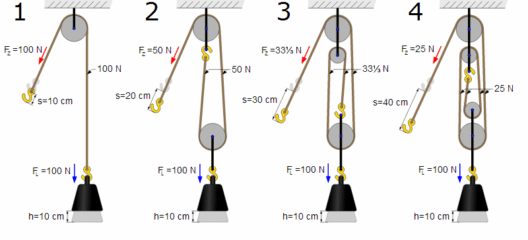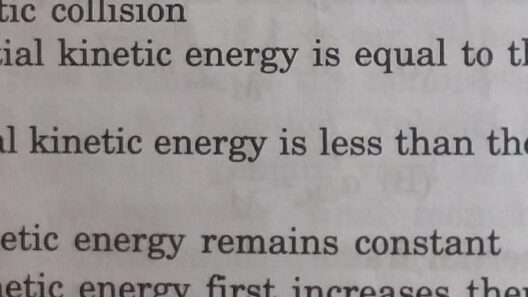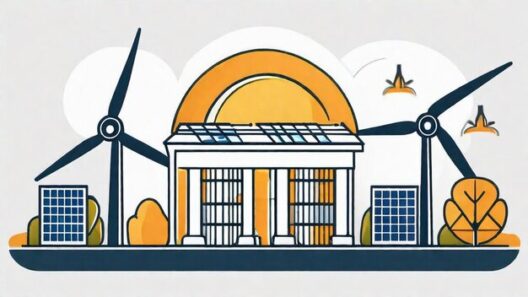How often do you ponder the simple question: What if we all decided to conserve energy in our everyday environments? Imagine a world where homes and schools lead the charge in energy efficiency. Not only would we reduce our carbon footprint, but we would also save money and cultivate a culture of sustainability that extends to future generations. This article delves into various strategies for conserving energy both at home and in educational institutions, presenting challenges and inviting readers to actively participate in the transformation.
Energy conservation begins with awareness, and understanding energy consumption is the first step. Every household has devices that demand energy—think about that collection of gadgets in your living room or the electrical appliances humming away in the kitchen. By tracking usage, families can identify which devices are the energy hogs. This awareness not only fosters mindful consumption but also encourages exploring alternatives that are less energy-intensive.
In schools, energy audits can be conducted to assess where energy is being wasted. Schools often have a plethora of devices running simultaneously, from computers to projectors, all contributing to substantial energy bills. Empowering students and faculty to participate in these audits cultivates responsibility and awareness, forming a foundation for collective action.
Furthermore, implementing simple behavioral changes can lead to significant energy savings. At home, turning off lights when not in use is a classic yet effective strategy. Similarly, schools can designate ‘lights out’ hours during non-activity periods. Playfully, one could propose a challenge: how many lights can we keep off for an entire week? Incentives such as recognition for classes with the least energy consumption can increase participation and enthusiasm.
Smart technology offers innovative solutions for energy conservation. Smart thermostats regulate heating and cooling, learning user patterns over time and making automatic adjustments. This can drastically reduce energy usage in both homes and schools. When thermostats adapt to the daily patterns of students and teachers, it dramatically reduces unnecessary energy expenditure. Additionally, energy-efficient lighting, like LEDs, can significantly cut down on electricity consumption. Encouraging families to switch to energy-efficient bulbs and rewarding schools for making these changes can add up to a greener future.
Another pressing challenge is the insulation of buildings. Many homes and schools have inadequate insulation, leading to substantial energy loss. Upgrading insulation materials can be a more intricate process, but it pays dividends in energy conservation. It could be posited that a community project to insulate schools and homes could serve as a unifying endeavor, allowing participants to learn while contributing to a significant cause.
Moreover, the integration of renewable energy sources is pivotal in the quest for energy conservation. Solar panels can be a valuable addition to both school rooftops and residential properties. Harnessing solar energy not only supplies power but also reduces reliance on fossil fuels, significantly lowering greenhouse gas emissions. As a fun challenge, communities could strive for a ‘solar school’ initiative, aiming to have a specific number of schools powered partially by solar energy by a set date.
Water heating is another area often overlooked in discussions about energy conservation. For homes, tankless water heaters can be an efficient alternative, providing hot water on demand and eliminating the need for a constantly heated tank. Schools, too, can benefit from energy-efficient water heating solutions, employing similar technologies. Engaging students in a project about thermodynamic efficiency could pique their interest in conservation.
Education itself plays an essential role in promoting energy conservation. Schools can incorporate curricula that emphasize the importance of sustainability and energy efficiency. Programs like ‘energy clubs’ can encourage students to undertake energy-saving initiatives within their schools and communities. By making energy conservation an engaging topic, you entice young minds to think critically about their habits and their environment.
With schools and homes combining efforts, community-wide conservation challenges can galvanize even more significant change. For example, a ‘green week’ could be organized where families are encouraged to participate in energy-efficient practices, with events designed to increase awareness and education about energy conservation. This initiative can culminate in a community celebration, recognizing collective efforts and achievements in reducing energy consumption.
Lastly, it is essential to foster a culture of accountability. Home and school energy champions can emerge from groups of engaged individuals committed to ongoing projects. Regularly reviewing energy bills and consumption, sharing successes and failures, and maintaining an open dialogue about improvements can sustain motivation. What would it take for homes and schools in your community to embrace this accountability wholeheartedly? The commitment to remain aware of energy consumption is fundamental in fostering sustainable practices.
In conclusion, energy conservation at home and in schools is an attainable goal that requires collective commitment, innovative thinking, and playful challenges. By embracing collaborative projects, educating one another, and implementing strategic measures, communities can make a considerable impact. The potential for transformation is immense; all that is needed is a willingness to engage in the challenge of conserving energy for a sustainable future.








